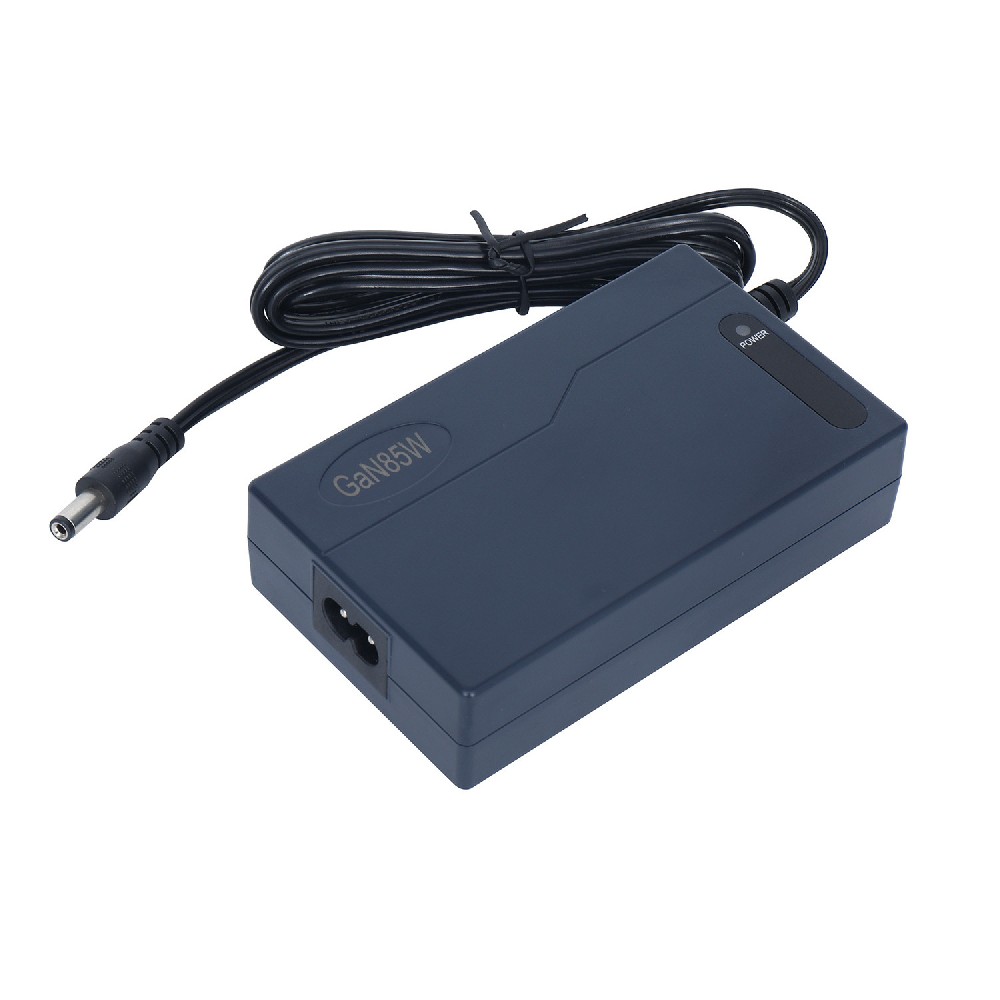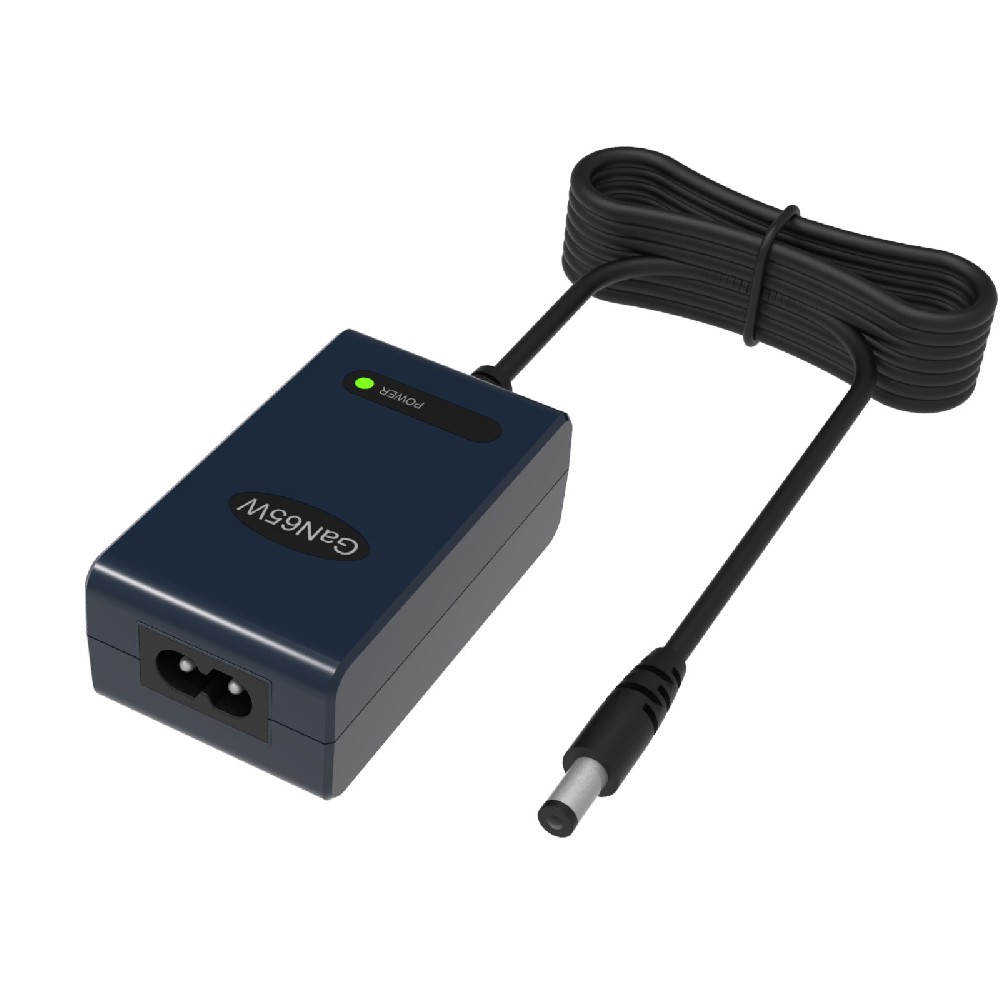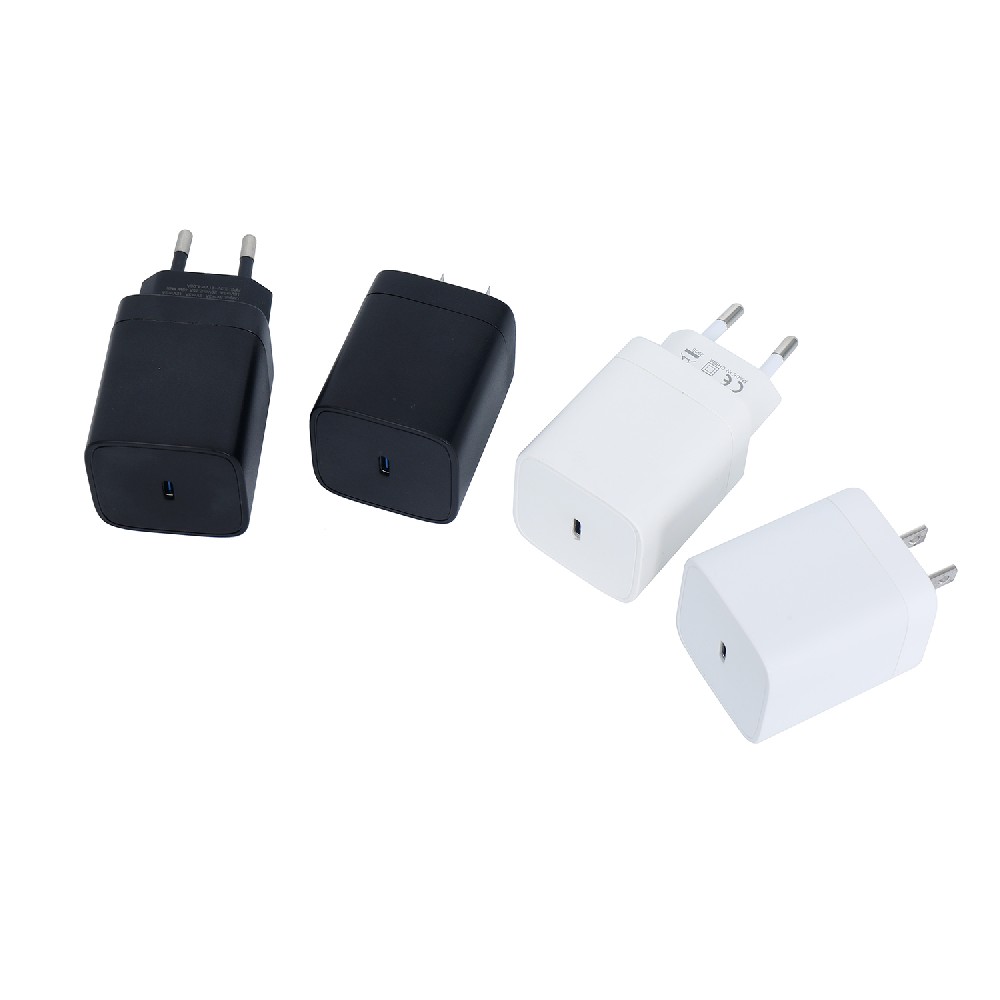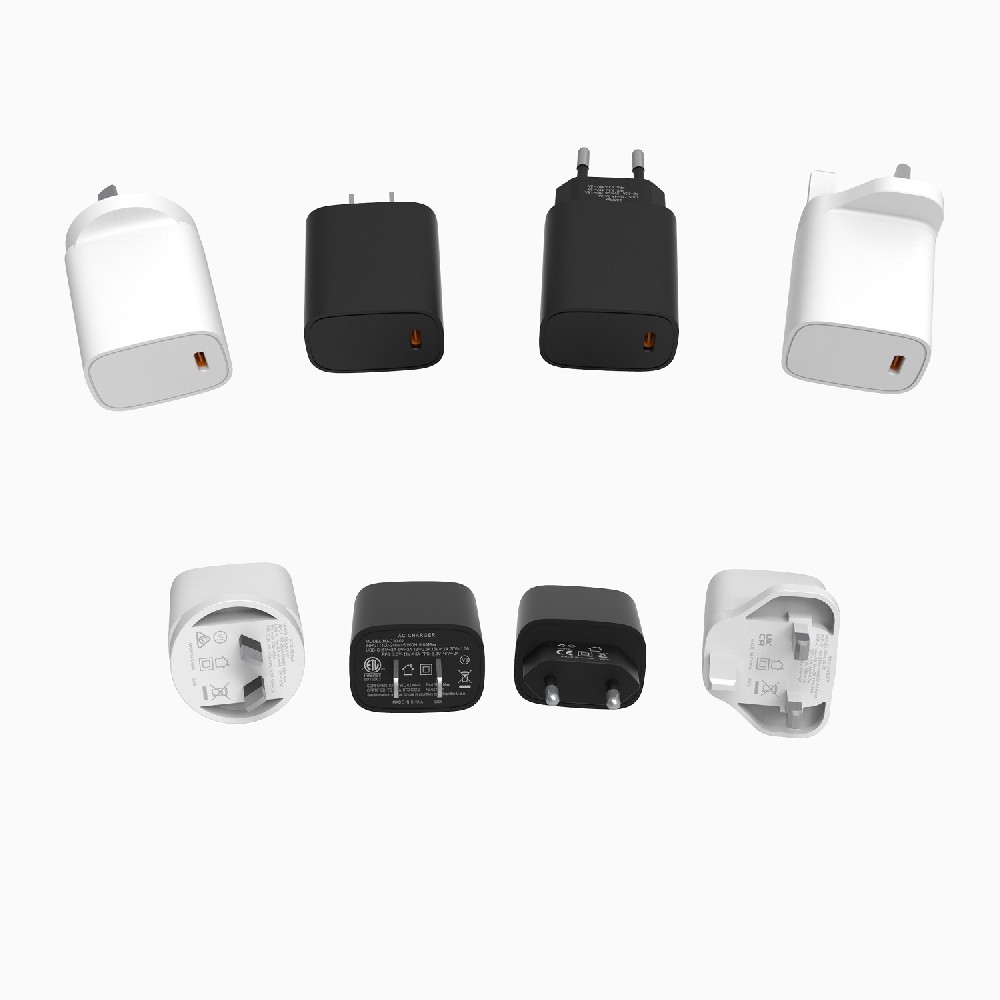Information Center
Maximize Your Li-ion Battery Life: Follow These Charging Instructions
Published:2023-06-25 20:31:47 Author:Green WCND Views:60Li-ion Battery Charger Instructions: Proper Charging for Best Battery Life

Li-ion battery chargers are now widely used to power up a variety of portable electronic devices such as smartphones, laptops, tablets, and power banks. These rechargeable batteries have become popular for their high energy density, low self-discharge rate, and long cycle life.

However, improper charging of Li-ion batteries can shorten their lifespan and result in reduced performance. That’s why it’s important to follow the right charging instructions to ensure your batteries last longer and perform better.
Here are some Li-ion battery charger instructions to keep in mind:
1. Use the right charger: Not all chargers are created equal. Each Li-ion battery type requires a specific charger that is designed to match its specs. Using the wrong charger can lead to overheating, damage to the battery, and even fire hazards. Always check the manufacturer’s instructions or recommended chargers before using one on your batteries.
2. Don’t overcharge or undercharge: Li-ion batteries have a limited charge and discharge cycle. Overcharging them can cause overheating, create gas buildup, and reduce battery capacity. On the other hand, undercharging can lead to incomplete charging cycles which will eventually decrease the battery life. Most Li-ion batteries come with a “smart” circuit that prevents overcharging and undercharging, but it’s still important to monitor the charging process and unplug your device once it’s fully charged.
3. Charge at the right temperature: Li-ion batteries perform best when charged at temperatures between 0°C and 45°C. Charging them at extreme temperatures (too hot or cold) can lead to reduced performance and even damage the battery. If you’re charging your batteries in high or low temperature environments, make sure to monitor the charging process and avoid leaving them for long periods.
4. Store batteries properly: If you’re not using your batteries for a while, it’s important to store them properly. Li-ion batteries should be stored at around 40% to 60% charge in a cool, dry place, away from direct sunlight or heat sources. Storing your batteries in extreme temperatures or charging them to full capacity before storage can cause damage to the battery and reduce its lifespan.
5. Replace old batteries: Over time, Li-ion batteries lose their capacity to hold a charge and eventually die. It’s important to replace old batteries with new ones to ensure your devices continue to perform optimally.
In conclusion, Li-ion battery chargers have become an essential part of our daily lives. Following the right charging instructions not only prolongs the life of your batteries but also ensures safety while using them. Always use the recommended charger, avoid overcharging or undercharging, charge at the right temperature, store properly, and replace old batteries when necessary. With these tips, you can enjoy the benefits of fully charged devices for longer periods.
Battery testers of different voltages exhibit significant differences in several aspects, and a 12V battery tester is primarily used for testing a range of spec···
Battery Testers (battery capacity testers/battery detectors) indeed come in various types tailored for different products. These different types of battery test···
The advantages and disadvantages of battery testers are as follows:AdvantagesFlexibility:Battery testers can accommodate various testing modes, making them adap···
Understanding the testing accuracy of golf cart battery testers is crucial for ensuring the precision of test results. Here are some methods to assess the testi···





